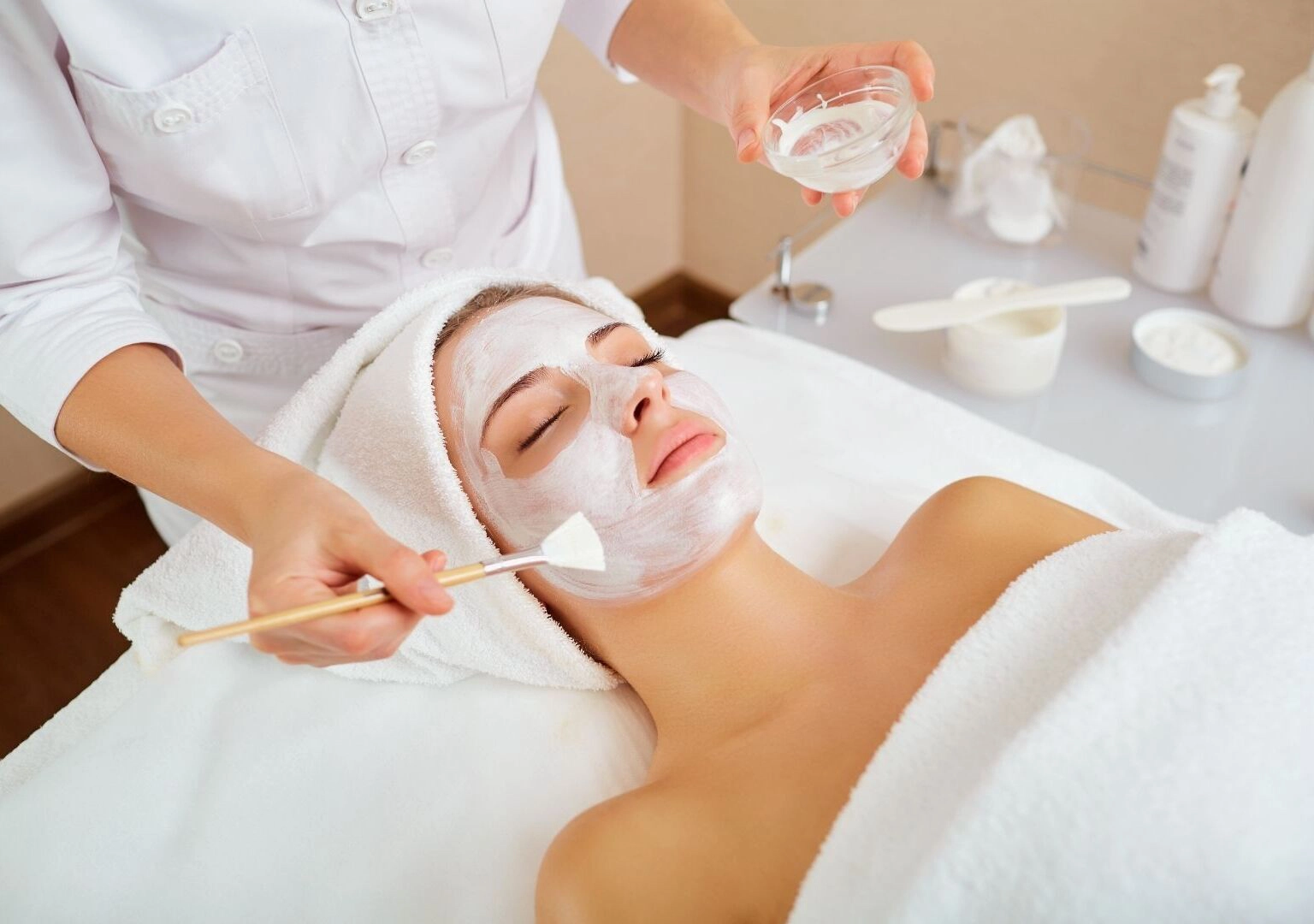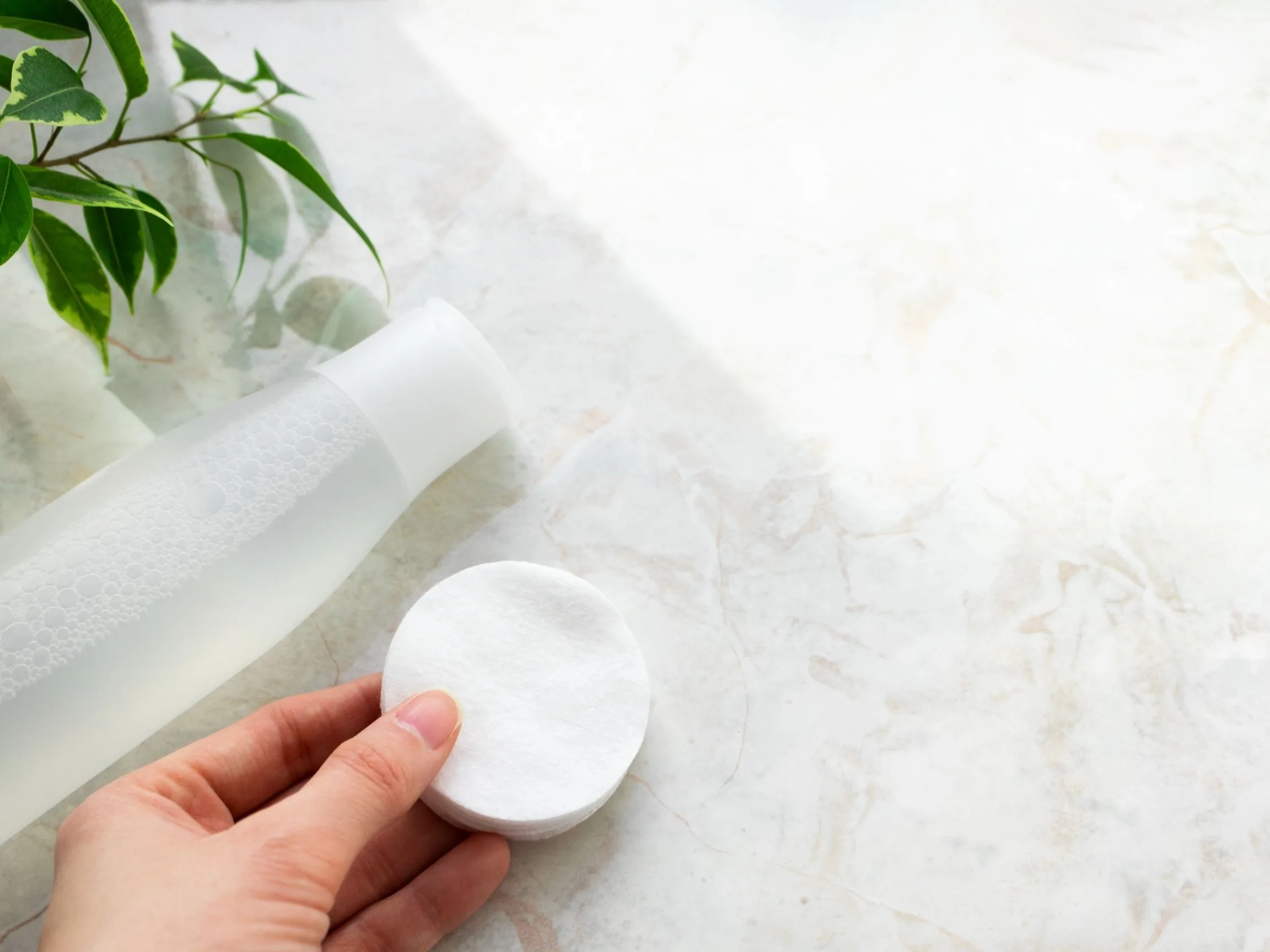
The Right Ways to Treat & Prevent Sunspots
If you’re guilty of using the term “sunspots” as an umbrella term for any and all spots on your skin, you’re not alone, but you’re a little off the mark (pun intended). Technically speaking, sunspots (aka liver spots) are different than other types of hyperpigmentation and have their own distinct characteristics.
Sunspots are also commonly referred to as lentigos or lentigines, and they’re basically collections of melanocytes, which are the pigment-producing cells that are in the basal layer of the epidermis. We break it down further: The epidermis is the top layer of skin that you can touch and feel, and that layer has multiple microscopic layers. One of those layers is called the basal layer of the skin, and that’s where the melanocytes live. When exposed to sun, these cells go wild and become what’s called hyperplastic, meaning they grow much bigger and plumper, and they tend to clump together and form what’s called a sunspot.
Another important distinction of sunspots is that they are generally harmless. With that said, if the dark spots bother you and you’d like to improve their aesthetic appearance or prevent them from returning in the future, we’ve put together some helpful expert advice and product recommendations for doing exactly that!
But before you continue in your pursuit of clear skin, there’s one more thing that needs clearing up: Because sunspots can be tricky to ID to the untrained eye, we stress the importance of seeing a professional instead of experimenting with your own treatment approach. Many people struggle with treating sunspots because the type of dyspigmentation they have is not properly diagnosed and treated.
Curious about what the treatment options are? Scroll ahead for how to remove and improve sunspots on the skin and prevent them from coming right back.
Limit Your Sun Exposure
Sunspots get their nickname for obvious reason: it all starts in the sun. Prevention is key, so whenever you’re outdoors, Black recommends wearing SPF, hats, and other forms of sun protection. While the following treatments could lighten the appearance of sunspots or even resolve them, they aren’t 100% effective at preventing sunspots, and if you have a tendency for getting them, in general, intense sun exposure and chronic sun exposure can cause them to come right back.
A helpful metaphor is a chalkboard to explain the treatment process: I’m trying to take the eraser and clean the chalkboard, but it’s not going to be crystal clean, and certainly, it could get dirty again.
Wear Broad-Spectrum Sunscreen With a Minimum of SPF 30
When it’s impossible to avoid sun exposure, opt for a broad-spectrum sunscreen with a minimum of SPF 30, no matter your skin type. Even darker skin types can get sunspots, absolutely. Just because you have darker skin does not mean you do not want to wear sunscreen.
Since dyspigmentation is triggered by the sun, regular use of sunscreen with an SPF of 30 or higher in conjunction with other forms of sun protection is a must for treating sunspots and keeping them from coming back. UVA from the sun can penetrate through clouds and windows, so this means that sunscreen should be worn every day, all day, even if you don’t plan to be in direct sunlight.
And although applying it every morning is the first step, you can’t forget to reapply throughout the day. If you simply can’t bring yourself to apply it on your face in the middle of a work day, using powders and makeup products with sunscreen in them is a more convenient way to go about it.
Use a Vitamin C Serum
The combination approach is most effective for the aesthetic improvement of sunspots, starting with topical antioxidants like vitamin C. A product with antioxidants, such as vitamin C, can be worn under sunscreen to help further protect from free-radical damage caused by UVA radiation.
Incorporate Retinol Into Your Regular Routine
Another common component in the combination of sunspot treatments is retinol. Retinoids, an umbrella term that includes over-the-counter retinol and prescription-strength retinoids, encourage cellular turnover and help to fade pigmentation. But the powerful, multi-tasking ingredient also helps to increase collagen production and decrease fine lines and wrinkles, so it’s a good one to have in your routine, sunspots or not.
See Your Doctor for a Prescription Topical
Other skin-brightening ingredients available in over-the-counter products, like niacinamide (aka vitamin B3) and kojic acid, could treat dyspigmentation, but in some instances, prescription topicals might be necessary. Prescription creams with ingredients such as retinoids and hydroquinone can be compounded for patients to use at home, and these prescription creams can be very helpful when used in combination with in-office treatments and sunscreen.
Although topicals are typically recommended as part of the combination of sunspot treatments, topical creams are particularly great for patients with darker skin and melasma (a pigment condition caused by hormones and triggered by sunlight and heat) in lieu of lasers. However, it’s important to note that hydroquinone, as effective as it might be, can cause the surrounding skin to lighten, which is why it’s important to work with your dermatologist to tailor the right treatment plan for you if you go this route.
Get a Chemical Peel
Another great treatment option, especially for those with darker skin types or those with melasma, is a chemical peel. Some chemical peels can help to accelerate the skin turnover rate.
We’re also a fan of chemical peels for sunspots, and here’s why: If someone has a lot of sunspots and wants cosmetic improvement, the next thing I like to do is chemical peel treatment, where we do aesthetic chemical peeling to remove the top layer of the skin. Remember, lentigos, by definition, are localized to that basal layer of the epidermis, which is the top layer of skin. So if I can peel that layer off, I’m peeling away those cells with it.
Try a Laser Treatment
The final component in the combination of sunspot treatments is a laser skin resurfacing treatment. Essentially, these work by creating tiny injuries on the skin to trigger your body’s natural wound-healing response and form new collagen and new skin. Laser devices such as Fraxel (a non-invasive microscopic laser) and Clear + Brilliant (a gentler laser skin resurfacing treatment) are great options for some people, but light-based devices such as intense pulsed light (IPL) therapy can also be effective for certain individuals.
Although lasers and light treatments can be very helpful with improving the appearance of sunspots, you have to be careful that the treatment is suited for the skin type. For example, intense pulsed light, while safe for some skin types, wouldn’t be recommended for a person with darker skin, due to the risk of developing post-inflammatory hyperpigmentation (PIH). This is the name for the dark spots left behind after trauma to the skin, which is commonly seen in those with darker skin. In other words, you’d be trading a sunspot with a different type of dark spot and damaging the skin.
Kind of defeats the purpose, no?
There are many factors that play a role in how sunspots are treated, including your skin type and color and the type of dyspigmentation you have. Some sunspots are best treated with lasers and light-based devices, but if you have darker skin or melasma, topical creams and chemical peels might work better.
The Cliff Notes
All hope is not loss, and sunscreen is your best friend. For peels, micro needling, and natural skin care with SPF, contact Botanica Day Spa to book with us today at 727-441-1711!
Love,
Gen



Leave a Reply